Want to augment your reality? Why not yourself too? Face AR can make us all look cuter in bunny ears or cat whiskers, God help us.
Tech Trends has been watching keenly as mobile phone-based AR experiences have boomed as branded advertising tools across multiple markets, changing the way companies and customers communicate around products. We reported back in 2017 on how the drinks industry has embraced mobile AR marketing and since then I doubt there are more than a few smartphone owners out there who have not tried out a branded AR experience or two.
There are two main types of AR experiences, the first is using your phone screen as a window (a la Pokemon Go) through which you can see an augmented world, but it has been the awesomely shareable, selfie-style AR experiences, such as the 2017 Bud Light NFL, that caught the attention of the social media giants Snapchat and Instagram.
Known as Face AR these easy to use experiences let you augment yourself and the world around you and have been hugely successful, driving social media engagement across platforms Share on XKnown as “Face AR” these easy-to-use experiences let you augment yourself and the world around you, and have been hugely successful, driving social media engagement across multiple platforms. If you have ever browsed dating or hookup apps such as Badoo you will see more augmented faces than unaltered ones. I seem to remember cat ears, noses and whiskers dominating people’s attempts to look less boring.
Face Augmented Reality software – known as Face AR – helps people shape the stories they share and add more emotion to digital communication. Communication, after all, is about people understanding each other and creative video tools help us to express our personality. Dmitry Ogievich, CEO of Banuba.
Mobile AR alone generated more than $3bn in revenue during 2018, mainly from in-app purchases, advertising spending and eCommerce, according to the AR and VR consultancy Digi-Capital. AR analyst publication AR Insider predicts the technology’s installed base (e.g. smartphones) will reach 3.4 billion by 2022, with about 1 billion monthly active users, demonstrating its far-reaching potential.
Changing the game in 2019 Instagram and Snapchat have both released their own user-driven Face AR design apps Spark and Lens Studio respectively, enabling users to design, build and share their own personalised Face AR filters. Tech Trends believes this is a turning point in AR adoption and proof the tech has been embraced by the a new generation for whom blending the real and digital worlds is second nature.
Changing the game in 2019 Instagram and Snapchat have both released their own user-driven Face AR design apps Spark and Lens Studio respectively, enabling users to design, build and share their own personalised Face AR filters Share on XTo find out how the market got here and where it might take us Tech Trends picked the brains of Dmitry Ogievich, CEO at Face AR specialist Banuba.
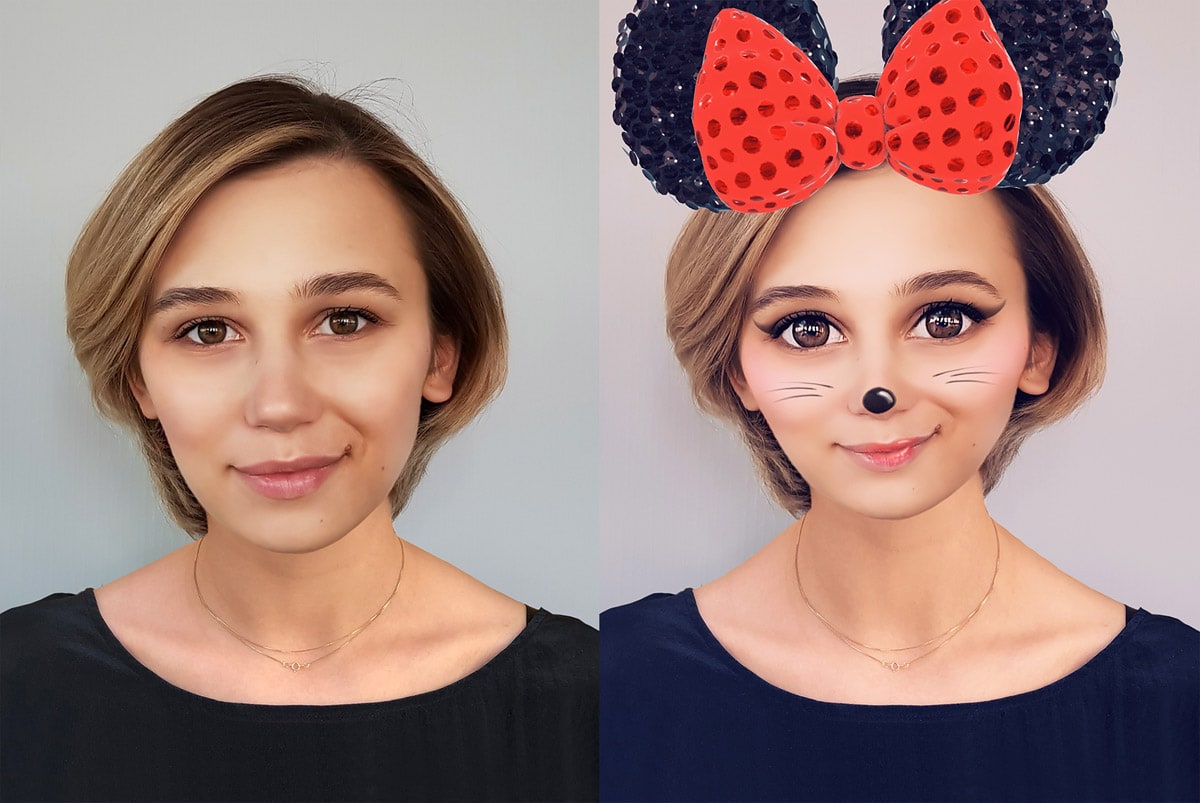
What is the state of Face AR now?
Now dedicated Face AR companies like Banuba are developing apps and tools that focus on the front-facing camera on mobile devices. Among other things, the technology can be used to add filters, masks and digital overlays to the human face and its surroundings. It can also identify emotions such as happiness, anger, joy, sadness and surprise in real-time. The technology is being used to animate day-to-day communication and expression with personalised avatars and emojis, using mapped masks and filters. It provides the tools for users to edit, smarten up and express their personalities in selfies and stories, helping communicate the message they really want.
Retail is utilising the technology, enabling consumers to ‘virtually’ try on items of clothing or accessories to see how the product looks - such as glasses, jewellery, hats and make-up Share on XInevitably, the technology is incredibly popular with social media users and is used daily by both brands and individuals. Retail is an industry particularly interested in utilising the technology, enabling consumers to ‘virtually’ try on items of clothing or accessories to see how the product looks – such as glasses, jewellery, hats and make-up.
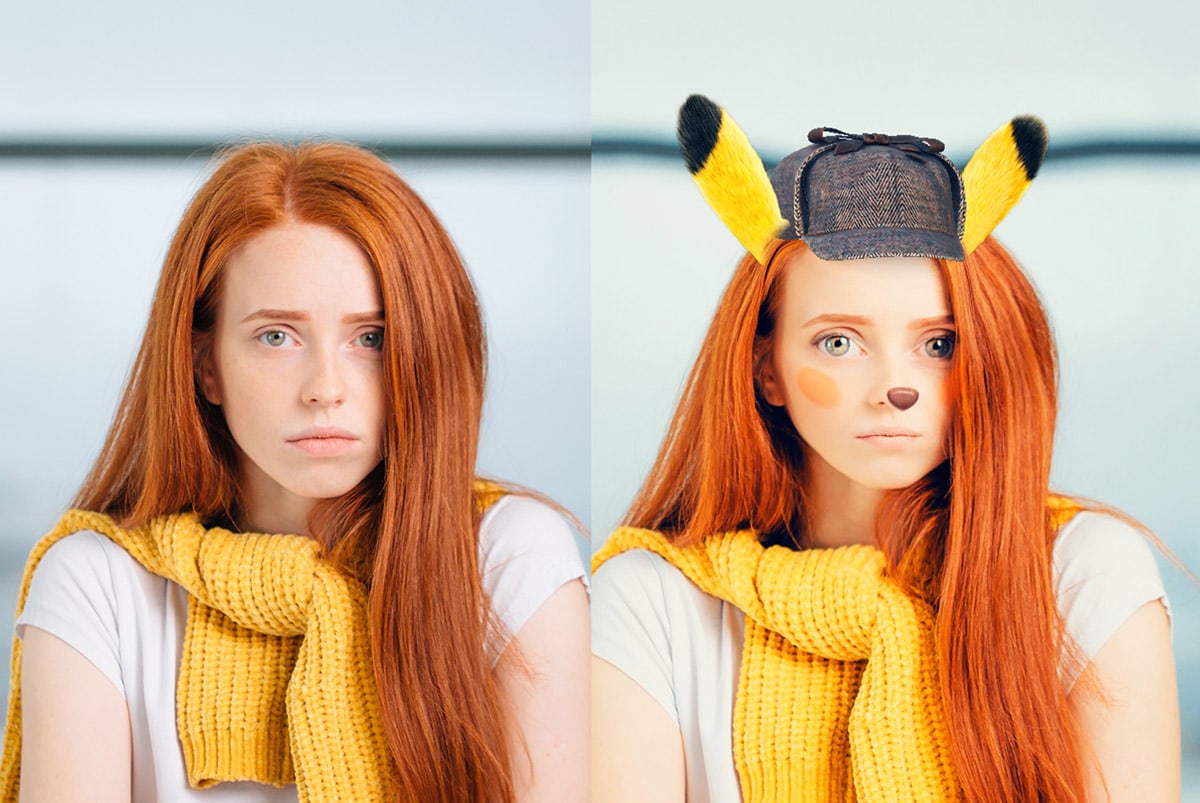
What is the next step in its evolution?
The next stage in Face AR’s evolution will primarily revolve around companies improving the quality, performance and accuracy of their technology. But there is also pressure to provide the next innovative idea. Neural face transformation filters, as seen with FaceApp, appear to be a direction many will be trying to follow. This technology creates an incredibly detailed filter – based on the individual user’s face – that produces a unique image every single time. The possibilities of this are endless and move far beyond what we have seen in recent years, but the technology requires greater processing power than mobiles can produce without significantly impacting battery life. As smartphones continue to increase in power, the opportunities for this technology will likely increase.
Neural face transformation filters, as seen with FaceApp, appear to be a direction many will be trying to follow Share on X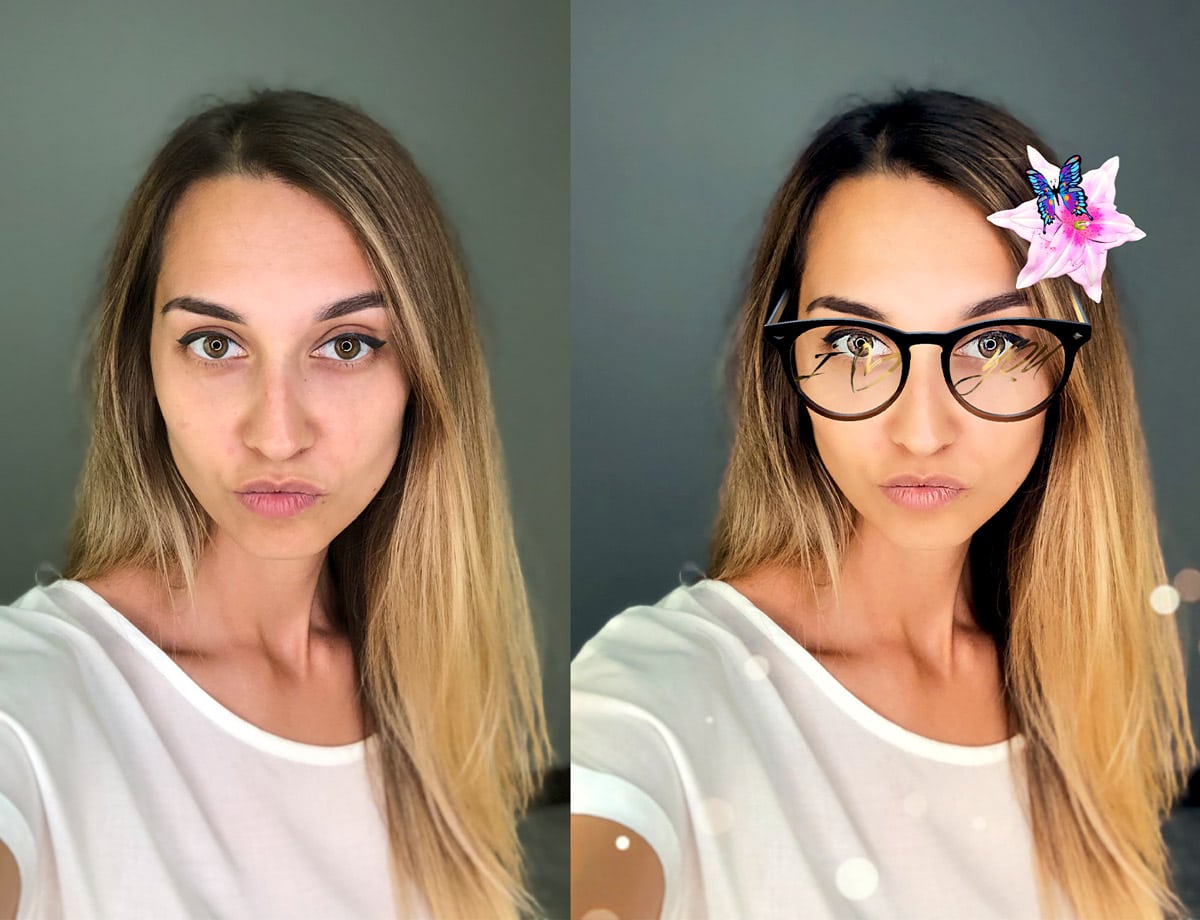
How are social media companies changing the game?
Spark and Lens Studio have opened up Face AR to a whole new audience and development community, putting tools in their hands to become the next influencers in the space. It’s a great opportunity for the influencer community and small businesses looking to innovate, giving them the tools to create what they want and show even more personality. However, it’s important to remember these tools are platform exclusive and are of no use to those wishing to incorporate Face AR into their own apps. What we’re seeing with Spark and Lens Studio is the widespread availability of tools for users to create and adapt their own Face AR and although basic, these tools democratise the development process which opens up the technology further for mass adoption.
Spark and Lens Studio have opened up Face AR to a whole new audience and development community, putting tools in their hands to become the next influencers in the space Share on X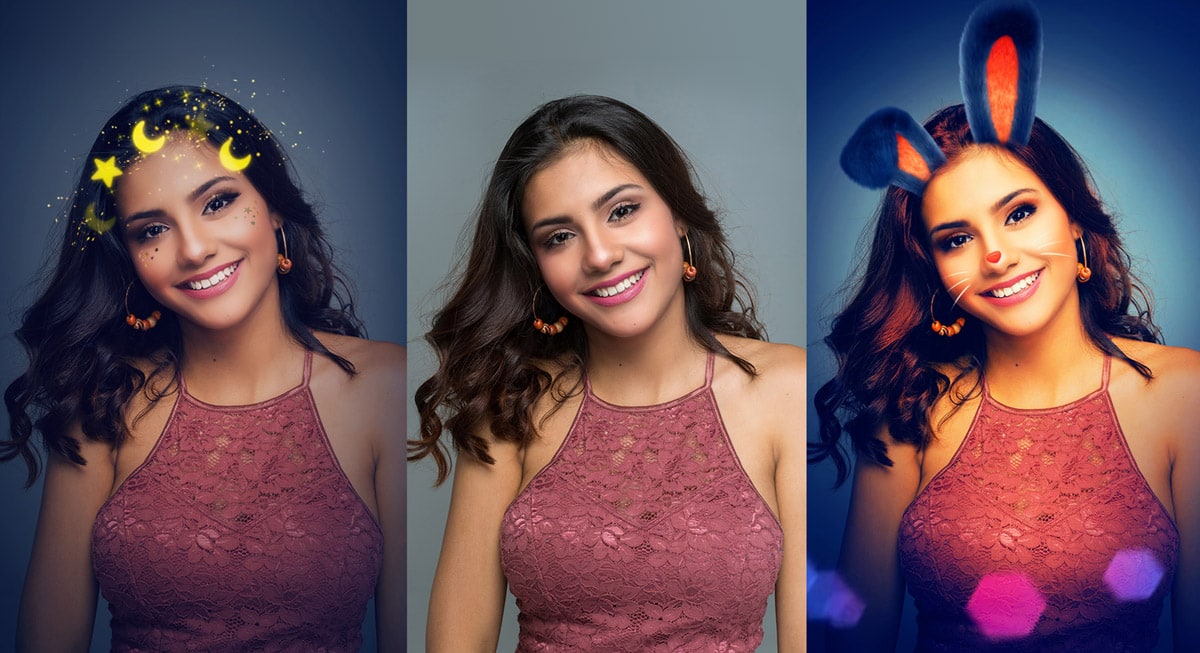
We can expect to see smaller brands and individuals using the tools for business and innovation purposes. Previously we’ve seen campaigns for major companies, like Apple’s recent [AR]T Walk tours, spread across social media platforms – but now we’re likely to see this dilute to smaller-scale projects with more niche and local focus.
We can expect to see smaller brands and individuals using the Face AR tools for business and innovation purposes Share on XWe’ll also see more innovation as individuals are given a blank canvas to get creative. Now the tools are in everyone’s hands, we’re going to see some real creativity, as a larger pool of people are exposed to what’s possible through filters. As well as this, we’ve begun to see developers setting themselves up as businesses on Spark and Lens Studio, working with brands to create bespoke filters.
What is the future of Face AR?
Face AR will continue to innovate and with the onset of more complex filters, will further establish itself as the go-to digital communications tool for individuals and organisations. As brands’ investment in the technology increases, new possibilities will open for a range of industries.
Further global adoption of the technology is inevitable and with the tools to develop filters more widely available, we’ll see further democratisation. Face AR is still in its infancy and we can expect it to continue to rise in popularity and become an even bigger part of how we all communicate and interact.
Further global adoption of Face AR is inevitable and with the tools to develop filters more widely available, we’ll see further democratisation Share on X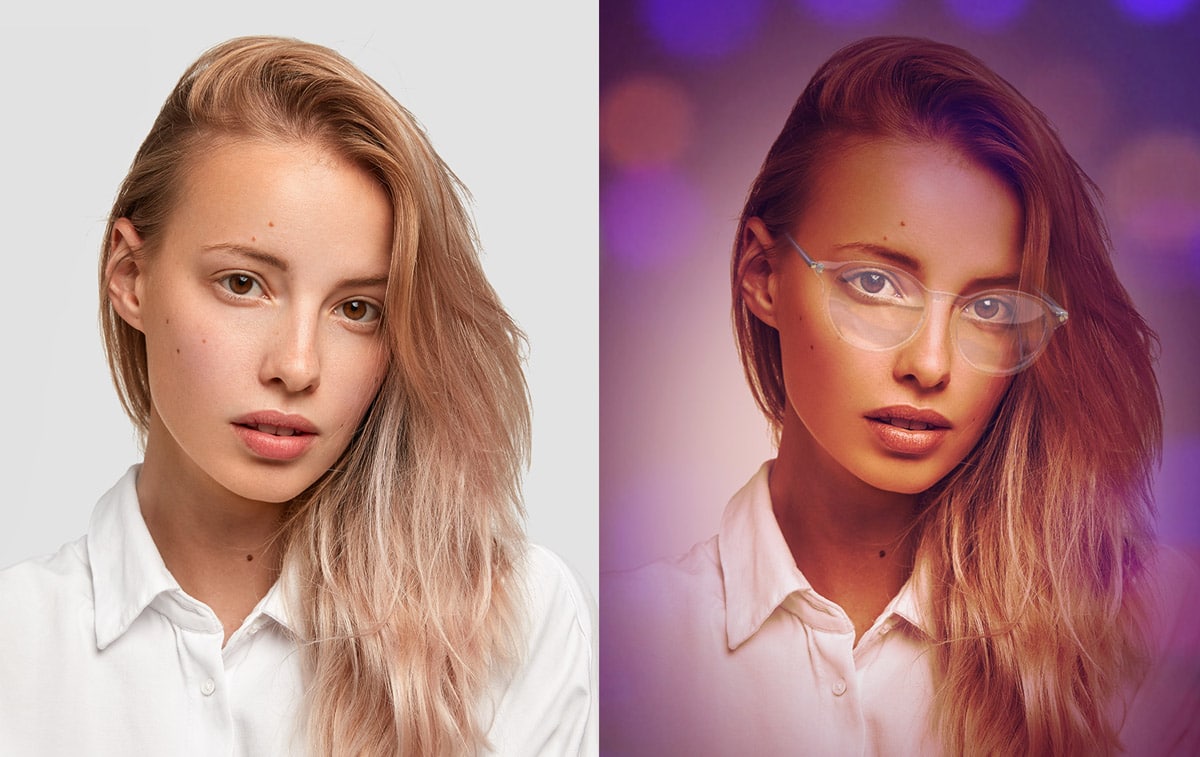
Will Face AR will speed up the popular adoption of AR more broadly?
The popularity of Face AR will play a significant role in accelerating the adoption of broader AR technologies. Face AR is already being embraced by the next generation of consumers and it’s becoming part of their normal communications, which is exciting to see. With people acclimatised to using Face AR technology daily, the widespread adoption of AR becomes completely organic.
The reason Face AR has achieved large scale popularity already is it can provide a unique and immersive experience that can’t be matched by more basic digital communication Share on XHowever, for broader AR technologies to gain widespread popularity they must first be seen to enhance the user experience, not just complement it. The reason Face AR has achieved large scale popularity already is it can provide a unique and immersive experience that can’t be matched by more basic digital communication. AR must also give the user a compelling reason to use the technology. Possibly the biggest barrier to this is the limited field of view of a smartphone camera, which often removes the user from the experience. But as we see some workable smart eyewear models begin to hit the market, it will be far easier to provide a seamless and immersive AR experience – catalysing the adoption of the technology.









